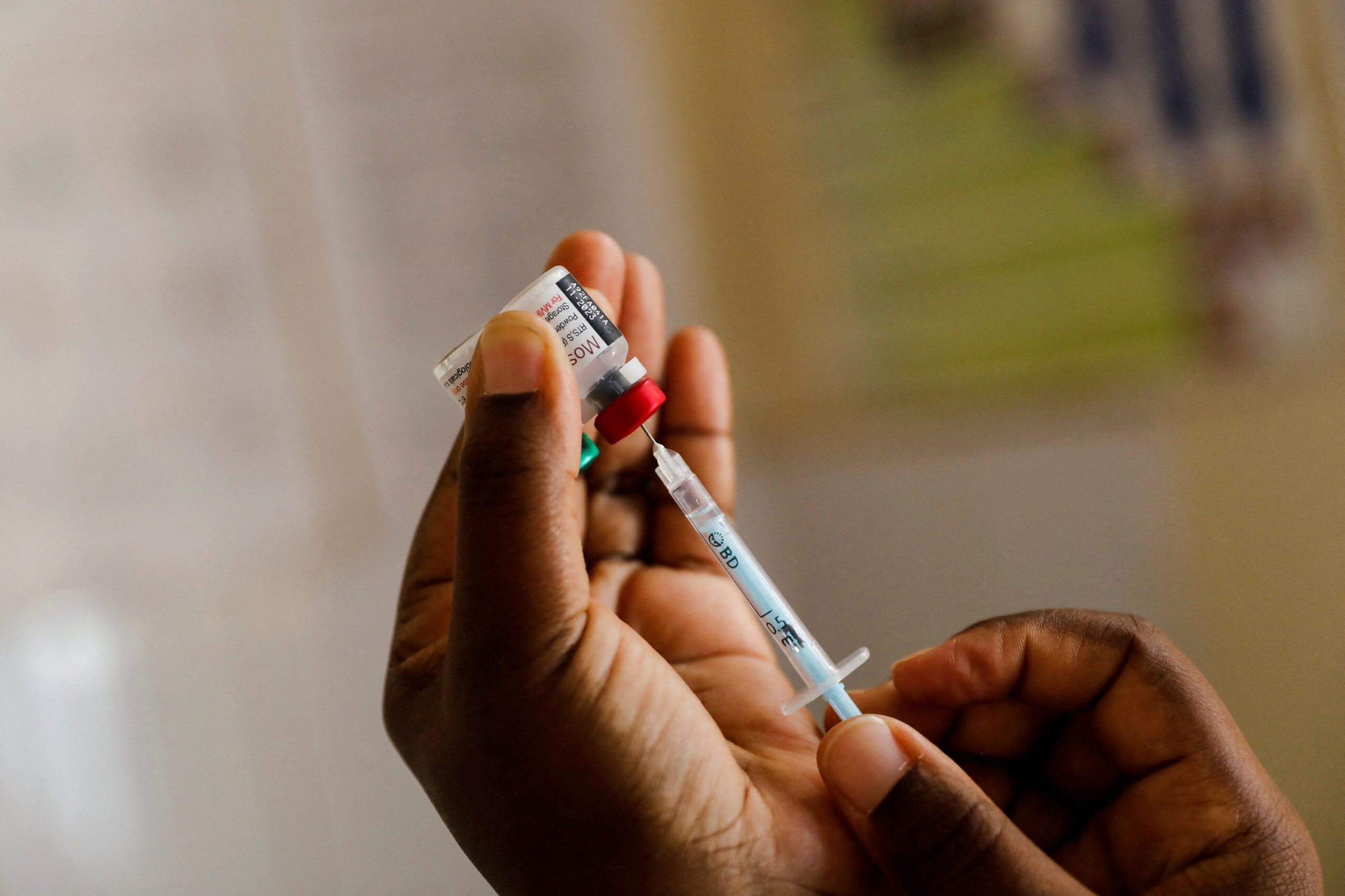Introduction:
Malaria, a mosquito-borne disease that has plagued tropical and subtropical regions for centuries, is typically associated with countries in Africa, Asia, and Latin America. However, recent reports of malaria cases in Texas and Florida, particularly in Cameron County, have raised concerns about the potential impact of climate change on the spread of infectious diseases. In this article, we explore the alarming malaria increasing in unexpected regions, examine the relationship between climate change and disease transmission, and discuss the importance of proactive measures to mitigate this growing threat.

Unusual Cases in Texas and Florida:
Historically, the United States has limited malaria transmission, primarily occurring in travelers returning from endemic regions. However, recent cases of locally acquired malaria in Texas and Florida are cause for alarm. Cameron County, in particular, has experienced a cluster of malaria infections, indicating that local mosquitoes have become capable of transmitting the disease. This development is a stark reminder that climate change and environmental factors are altering disease patterns worldwide.
Climate Change and Disease Transmission:
Climate change plays a significant role in the spread of infectious diseases like malaria. Rising temperatures, altered precipitation patterns, and changing ecosystems create favorable conditions for disease-carrying mosquitoes to thrive in regions where they were once absent or had limited presence.
Warmer temperatures accelerate the development of mosquitoes, shortening their life cycle and increasing their reproduction rates. Mosquitoes also become more active, expanding their range and bringing them into closer contact with human populations. Moreover, altered rainfall patterns can create breeding sites for mosquitoes, increasing their numbers and the risk of disease transmission.
The Impact of Urbanization and Travel:
In addition to climate change, urbanization, and increased travel contribute to the spread of infectious diseases. Rapid urbanization creates ideal breeding grounds for mosquitoes due to the accumulation of stagnant water in urban areas. Additionally, international travel allows infected individuals to carry diseases across borders, potentially introducing new pathogens to non-endemic regions.

Mitigating the Threat:
To address malaria increasing and other vector-borne diseases in unexpected regions, proactive measures are essential:
- Surveillance and Monitoring: Robust surveillance systems should be established to identify and track disease outbreaks promptly. Early detection can enable swift responses to prevent further transmission.
- Mosquito Control: Effective mosquito control programs are crucial in limiting the spread of diseases. These programs should include larval source reduction, the use of insecticides, and public education on personal protection measures.
- Public Awareness and Education: Educating the public about malaria transmission, prevention, and early recognition of symptoms is vital. Individuals should be aware of the risks associated with travel to endemic areas and take appropriate preventive measures.
- Climate Change Mitigation: Addressing the root cause of disease expansion requires concerted efforts to mitigate climate change. Reducing greenhouse gas emissions, transitioning to renewable energy sources, and promoting sustainable practices are crucial steps to curbing the impact of climate change on disease transmission.
Collaboration and Research:
Addressing the complex challenges posed by emerging infectious diseases requires collaboration between public health agencies, researchers, policymakers, and communities. Enhanced funding for research on climate change and disease dynamics is essential to understand the specific mechanisms behind disease transmission and develop effective strategies for prevention and control.
Conclusion:
The malaria increasing cases in unexpected regions like Texas and Florida serves as a poignant reminder of the far-reaching impacts of climate change on public health. The interplay between climate change, urbanization, and international travel creates favorable conditions for the spread of diseases once confined to specific regions. By prioritizing surveillance, mosquito control, public education, and climate change mitigation, we can work together to mitigate the threats posed by malaria and other infectious diseases, protecting communities and fostering a healthier future for all.
Source By-https://en.wikipedia.org/wiki/Malaria



